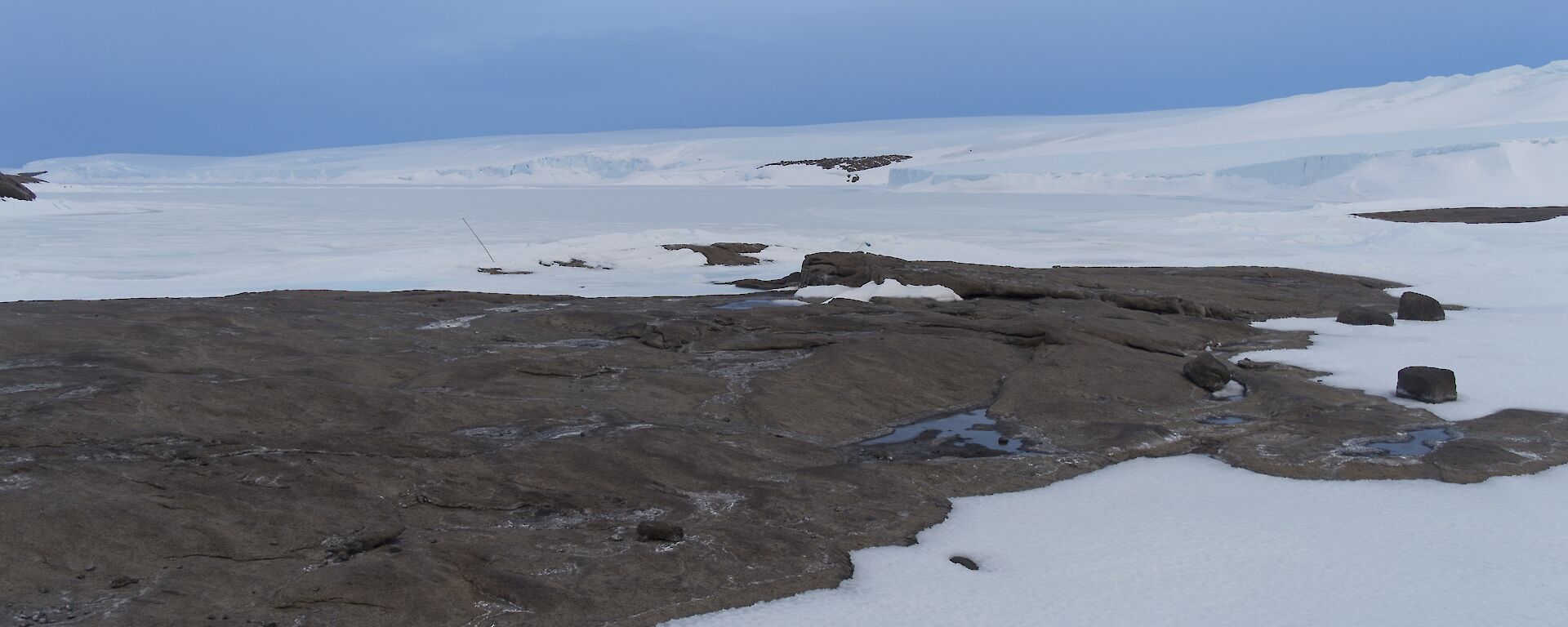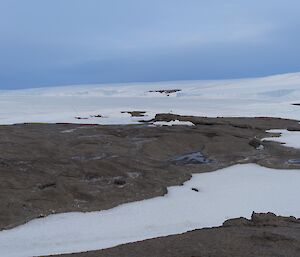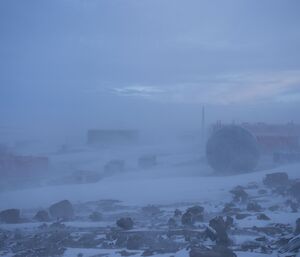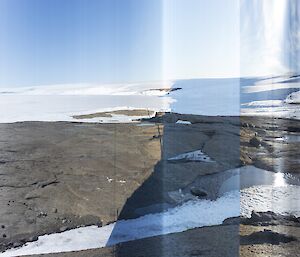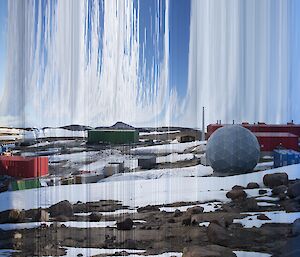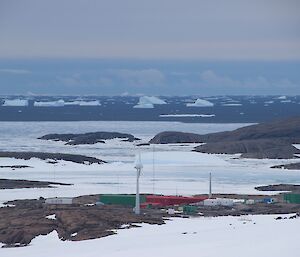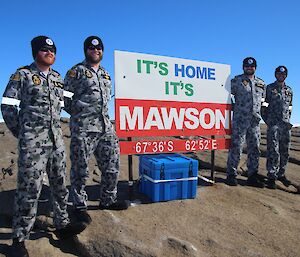The summer is ending rapidly and my working days are tinged with the sadness of leaving mixed with a growing excitement about imminent reunions. The world seems clearer and brighter under the scrutiny of departure; preparing to go brings everything I am about to leave into a sharper focus.
My time here has been truly remarkable. I’ve walked on the frozen ocean; driven Hägglunds across the ice cap; climbed ancient Nunataks; eaten Fray Bentos in Hendo Hut, and been gilded by the midnight sun at new years on Mt Hordern. All this shared with the wonderful Mawson crew; my deepest thanks to every one of you.
Meanwhile, my two time-lapse camera installations have been ticking along like a bass-line to all this variety and activity. Taking an image every 150 seconds they have documented the station, its people and its surrounds since early December, continuously recording the blizzards, the grey days and the katabatic mornings without missing a beat. Each striped image represents a duration of 26 hours and 40 minutes. Thousands of these will be combined to produce a time-slice animation of December 2017 and January 2018 at Mawson research station.
By Martin Walch, Arts Fellow 2017/18.

